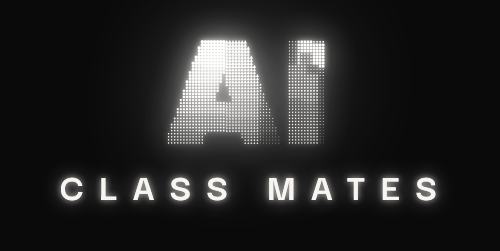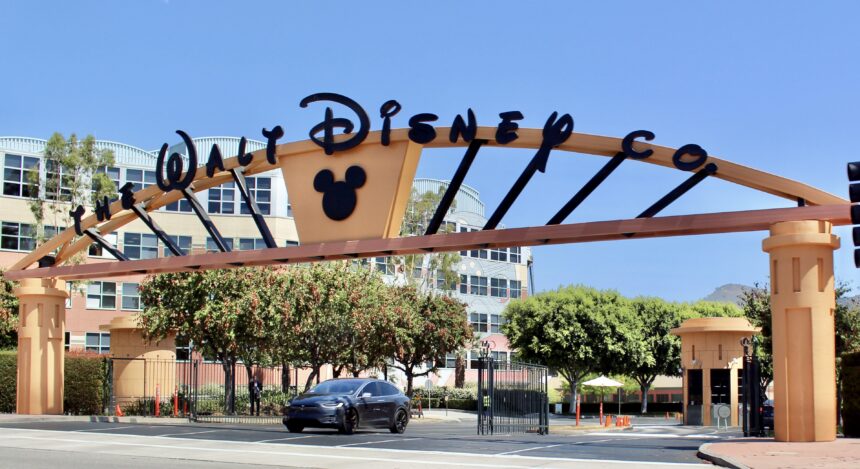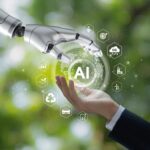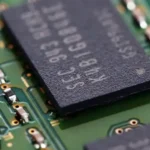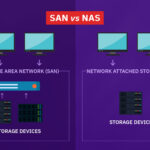The Big Shift: Disney Enters a New Era with AI
When Disney announced a Vice President role dedicated to Collaboration and AI, the industry paused to take notice. It was not just another corporate job posting. It was a statement, a strategic move that tells us the company is preparing for a future where AI and human creativity work hand-in-hand.
Disney has long been associated with innovation from the invention of multiplane cameras to lifelike animatronics in its parks and this new role feels like the next logical step in that tradition.
Unlike other companies where AI is often treated as a back-office tool or a purely technical asset, Disney’s framing makes it clear: this Vice President will focus on making AI accessible to humans, especially the creatives who drive the magic behind the company’s films, shows, and parks.
At first glance, this may sound like a technical hire, but if you read closely, the wording of the role emphasizes collaboration, governance, and integration.
Disney doesn’t just want algorithms it wants a system where AI tools enhance the creativity of animators, scriptwriters, Imagineers, and storytellers.
This signals a broader industry trend, where companies no longer see AI as an isolated technical function but as a cultural and creative shift. In the same way Disney once pioneered synchronized sound or computer-generated animation, it now aims to pioneer human–AI collaboration at scale.
Why Disney Created This Role
The creation of this Vice President role is not a sudden experiment. It reflects Disney’s longer journey with AI and emerging technologies.
In recent years, the company has already tested AI tools in post-production pipelines, visual effects workflows, and even customer-facing experiences inside theme parks.
Reuters reported that Disney has been building a business unit to coordinate artificial intelligence and augmented reality projects across different parts of the company, demonstrating that this role is the culmination of years of preparation.
What makes the position unique is its emphasis on coordination. In a massive company like Disney, where divisions span from Pixar and Marvel to ESPN and Disney Parks, different teams often test similar tools in isolation.
Without leadership, that can lead to duplication of work and inconsistent standards. The new Vice President of Collaboration and AI is expected to streamline those efforts, ensuring that the technologies developed in Burbank can be shared, standardized, and scaled across the company.
In essence, this is about reducing the friction that comes with innovation at scale.
What This Signals About Storytelling
For Disney, storytelling is sacred. AI, in this context, is not being brought in to replace screenwriters or directors. Instead, it is intended to become a creative partner, a silent co-pilot that helps artists imagine more, iterate faster, and explore ideas that might have been impossible without machine assistance.
When we think about the history of Disney, innovation has always been framed this way. Walt Disney didn’t adopt technology to erase artistry but to expand its possibilities.
With AI, that philosophy continues. Imagine a writer brainstorming ideas for a new animated short film. Instead of staring at a blank page, they might use an AI tool to generate story beats, potential character arcs, or even dialogue variations.
The writer remains in control, curating, editing, and adding emotional nuance that AI cannot replicate, but the machine provides a fertile ground of inspiration.
Similarly, in visual effects, AI can cut down the time needed for laborious processes like rotoscoping or background replacement, freeing artists to focus on the creative flourishes that bring a scene to life.
Even in Disney’s theme parks, AI could open new frontiers. Picture walking into a park and encountering an animatronic character that responds in real-time to your words and emotions, not in a scripted loop but in a dynamic, safe, and ethical way.
This is not science fiction. Disney Imagineering has already experimented with conversational AI, and the VP role could accelerate such projects, making every park visit more personal and magical.
Industry-Wide Implications
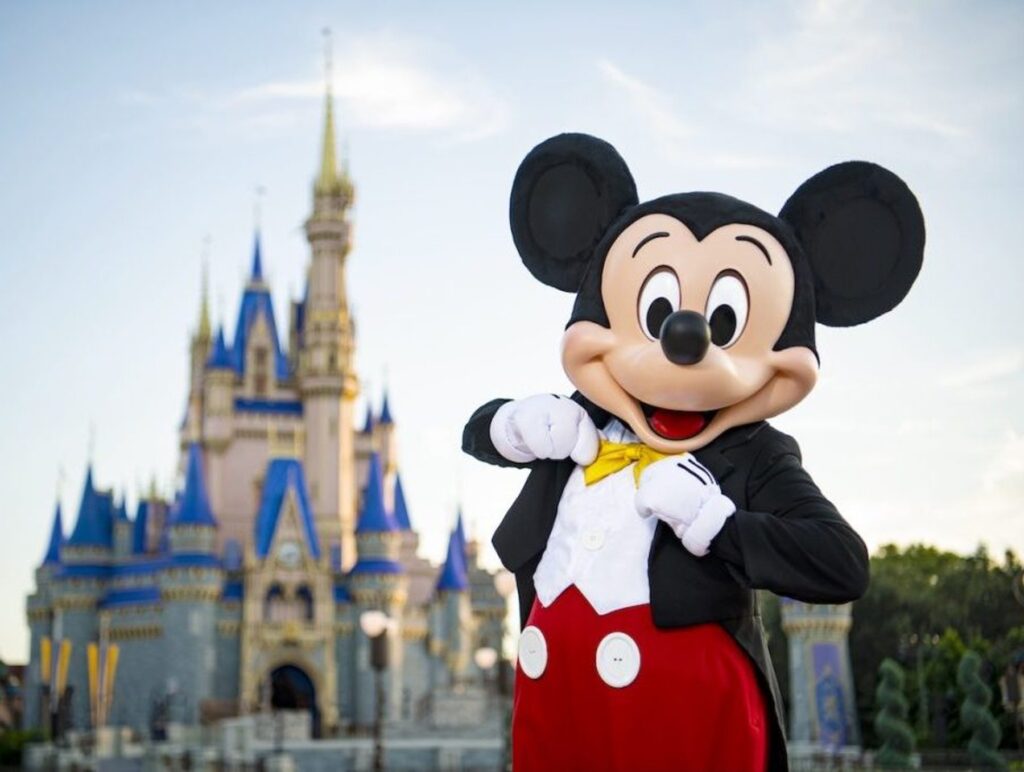
When Disney makes a move, others follow. The entertainment industry pays attention because Disney has long set standards in storytelling and guest experiences.
By formalizing leadership around AI collaboration, Disney is sending a signal that governance and creativity must go hand-in-hand.
For Hollywood, this could become a model. Instead of treating AI as a cost-cutting tool a fear that sparked strikes and protests in recent years studios may begin framing it as a collaborative partner.
In gaming, companies could replicate this approach by hiring leaders who specialize in guiding AI through the lens of player experience, not just code efficiency. In publishing, editors might adopt AI-assisted workflows while still championing human voices.
The point is not just about Disney. It is about the shape of AI adoption across all creative industries. The future will not belong to companies that merely deploy AI but to those that orchestrate it responsibly.
The Challenges and Risks
Of course, such a shift is not without risks. One of the most pressing concerns is creative dilution. If AI is overused or applied without nuance, it could flatten Disney’s unique storytelling voice, leading to formulaic or generic output. There are also ethical challenges, especially around representation.
AI systems are trained on large datasets that often reflect social biases. Without careful oversight, an AI-generated character or storyline could unintentionally reinforce stereotypes, undermining Disney’s commitment to inclusivity.
Then there are the legal complexities. Intellectual property law struggles to keep pace with AI. Who owns the copyright of an image or script generated with AI assistance? How do you prevent AI from accidentally replicating copyrighted material it was trained on?
For a company like Disney, whose empire is built on protecting its characters and franchises, these questions are not theoretical they are existential.
That is why Disney’s official AI guidelines emphasize responsibility, human oversight, and ethics. According to the company’s own materials, any AI system must undergo governance checks, human review, and representational audits before being widely deployed.
The new Vice President will likely lead cross-functional panels including creatives, legal experts, and diversity officers to ensure that every AI output aligns with Disney’s values.
Practical Lessons for Readers
While most of us are not running a global media empire, there are valuable takeaways in how Disney is approaching AI. For creators, the lesson is to treat AI as a partner, not a replacement.
If you are a writer, use AI to generate brainstorming material but keep your unique perspective at the core. If you are a designer, experiment with AI to speed up repetitive tasks, but always apply your personal style to the final output.
For developers or entrepreneurs, Disney’s example shows the importance of governance. Whether you are building a small app or a large-scale platform, you need to think about the ethical implications of your technology. Document your models, track data sources, and always include human oversight in critical stages.
Even for fans and consumers, there are lessons here. Be mindful of how AI-powered experiences use your data. When you stream a show on Disney+ or interact with a park app, check your privacy settings.
Companies have a responsibility to be transparent, but users also have the right to demand accountability. Supporting innovation does not mean surrendering control over your personal information.
The Future of AI and Disney
Looking ahead, the integration of AI into Disney’s ecosystem could reshape not just production pipelines but also audience expectations.
We may see films that reach screens faster because post-production has been accelerated by AI tools. We may encounter theme-park attractions that adapt dynamically to visitor moods and behaviors.
We may even find personalized story arcs in streaming platforms, where AI tailors recommendations not just by genre but by subtle cues about what makes us feel joy, nostalgia, or wonder.
Yet for all the promise, the human element will remain at the center. Disney knows that its brand is built on trust, imagination, and emotional connection.
No algorithm can replicate the spark that comes from a storyteller weaving a tale that resonates across generations. The VP of Collaboration and AI will therefore walk a delicate line: championing innovation while fiercely protecting the authenticity that has made Disney beloved worldwide.
Disney’s decision to create a Vice President role for Collaboration and AI is more than a corporate headline. It is a declaration that the future of storytelling lies in partnership between humans and machines.
This move reflects both ambition and caution: the ambition to unlock new creative possibilities and the caution to ensure that ethics, governance, and human values guide every step.
For creators, this is an invitation to explore AI without fear, to see it as a co-creator rather than a competitor. For technologists, it is a reminder that the most successful deployments of AI will be those that prioritize human experience.
And for audiences, it is reassurance that companies like Disney recognize the importance of protecting the magic while embracing the future.
The story of AI at Disney is just beginning, but its opening chapter symbolized by this new leadership role suggests that the company will remain at the forefront of innovation, always balancing technology with the timeless art of human storytelling.
Sources
